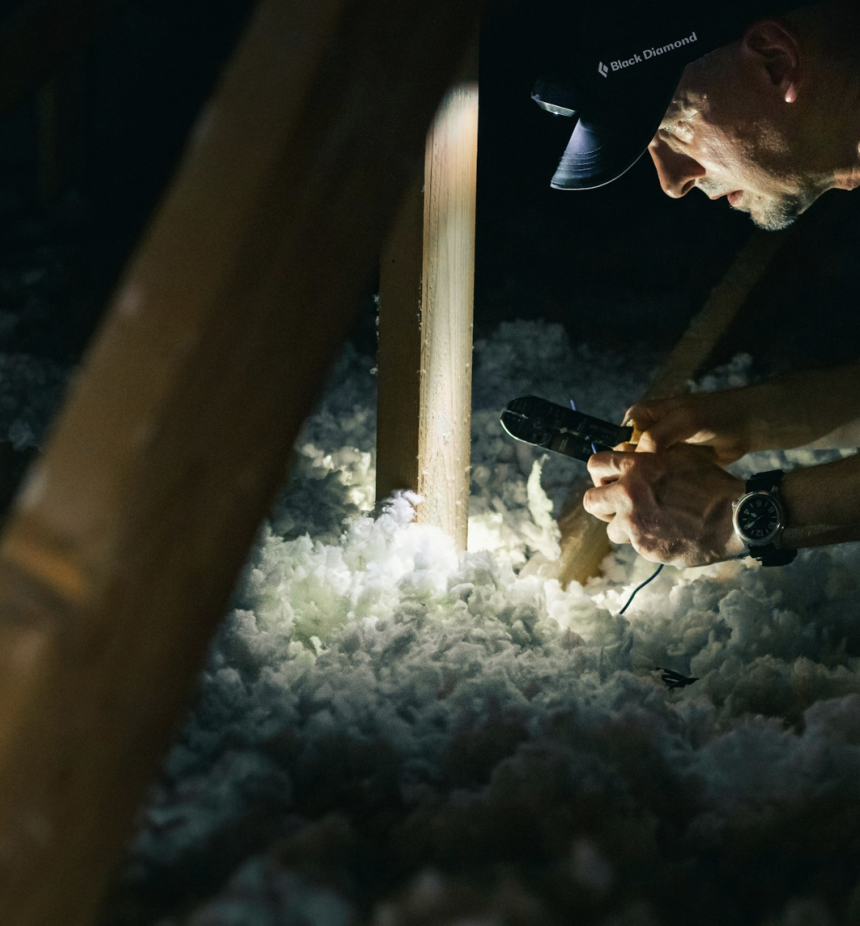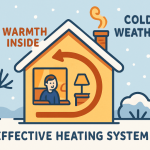Enhancing your home’s energy efficiency begins with understanding the importance of crawl space insulation. By selecting the right materials and comprehending R-values, you can make informed decisions that impact your comfort and energy bills. Local services offering crawl space insulation can provide professional insights tailored to your specific needs.
When considering energy efficiency improvements in your home, don’t overlook the crawl space. This often-neglected area plays a significant role in maintaining your home’s temperature and overall energy use. Insulation is crucial here, acting as a barrier against moisture, cold air, and even pests. Properly insulated crawl spaces not only enhance comfort but also contribute to lower utility bills. With growing concerns about energy costs and environmental impact, more homeowners are exploring efficient insulation options, including crawl space insulation near me services that offer tailored solutions.
The Impact of Insulation Choices
The materials you choose for insulating your crawl space significantly affect both energy consumption and indoor comfort levels. Different types of insulation materials offer varying levels of thermal resistance, commonly referred to as R-values. Higher R-values indicate better insulating effectiveness, which is crucial for maintaining stable temperatures inside your home. Fiberglass and foam board are popular choices due to their affordability and efficiency.
Choosing the right material involves understanding how each option performs under specific conditions. Fiberglass batt insulation is effective for spaces with limited moisture exposure, while spray foam provides an excellent seal against air leaks. These choices directly influence not only your heating and cooling costs but also the comfort level within your living spaces.
Moreover, improper installation can negate the benefits of even the best insulation materials. It’s essential to ensure that every part of the crawl space is adequately covered without gaps or compression that might reduce its efficacy. Professional guidance can help you navigate these decisions effectively.
Factors Influencing Insulation Decisions
Your local climate plays a pivotal role in determining the appropriate insulation for your crawl space. In colder regions, higher R-values are necessary to prevent heat loss during winter months. Conversely, milder climates may require lower R-values to maintain a comfortable environment without excessive heating costs. Understanding the suitable R-value for your area can make a significant difference in performance.
The layout of your home and regional weather patterns also affect insulation choices. Homes with larger basements or those located in areas prone to high humidity may benefit from moisture-resistant materials like closed-cell spray foam. In contrast, dry climates might allow for more traditional options like fiberglass batts.
Additionally, considering factors such as existing ventilation systems and any previous damage or repairs can inform your decision-making process. These considerations ensure that your chosen insulation material works harmoniously with other elements of your home’s infrastructure.
The Importance of the Right R-Value
Selecting the correct R-value is crucial for optimizing the insulating performance of your crawl space. An appropriate R-value ensures that heat transfer is minimized, helping maintain consistent indoor temperatures and reducing energy demand on heating and cooling systems. The U.S. Department of Energy provides guidelines based on regional climate conditions, which serve as a valuable resource when selecting insulation.
Homes located in cooler climates often require higher R-values for maximum efficiency in crawl spaces. These values provide sufficient resistance against cold air infiltration while keeping heating costs manageable. On the other hand, warmer areas might only need lower values.
Homeowners should also consider future-proofing their insulation choices by planning for potential climate changes and increased energy regulations. Consulting with professionals can provide personalized advice on achieving optimal results with your chosen R-value.
Practical Tips for Energy Savings
Improving energy efficiency through proper crawl space insulation involves several practical steps beyond selecting materials and R-values. Ensuring proper sealing of air leaks around pipes and vents can drastically improve effectiveness. Regular maintenance checks can also identify areas where insulation may have settled or degraded over time.
Consider incorporating vapor barriers alongside traditional insulation materials to combat moisture buildup effectively. This combination prevents mold growth and maintains healthy indoor air quality. Proper insulation involves taking these additional measures into account for comprehensive protection.
Engaging local experts who specialize in crawl space services can provide invaluable support throughout this process. Their expertise ensures that all aspects of insulation installation are handled professionally, maximizing both energy savings and comfort within your home. For detailed guidance on the process, you can explore resources on how to insulate a crawl space effectively.
Lynn Martelli is an editor at Readability. She received her MFA in Creative Writing from Antioch University and has worked as an editor for over 10 years. Lynn has edited a wide variety of books, including fiction, non-fiction, memoirs, and more. In her free time, Lynn enjoys reading, writing, and spending time with her family and friends.














